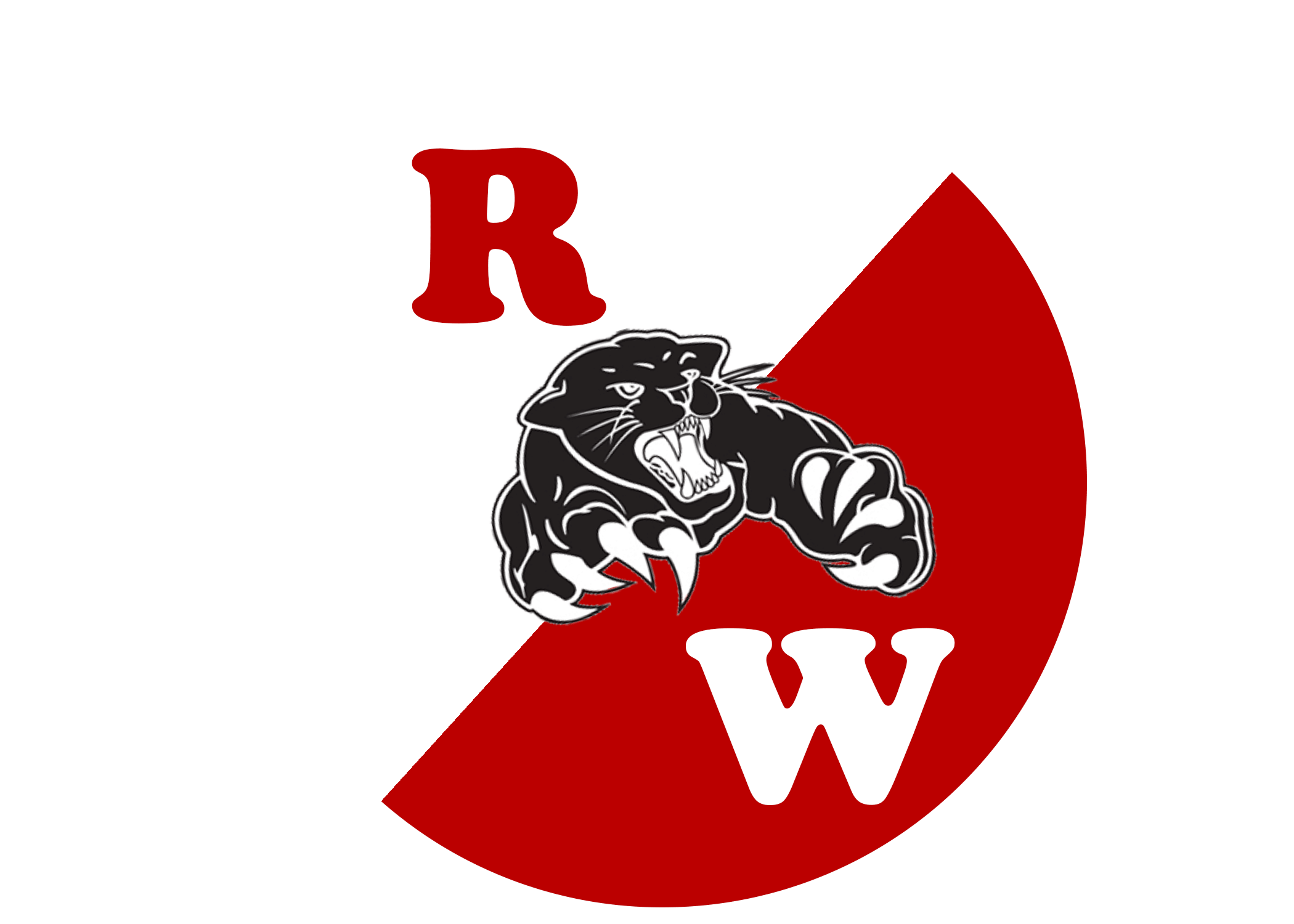By Ryan Smith and Forrest Petters
Do you remember all of those scary movies you’d watch as a kid when October came around? Are those movies still scary to you? Probably not nearly as much as they used to be. In fact, modern Halloween trends, such as Halloween costumes, Halloween movies, and trick-or-treating are much less oriented on producing fear than they used to be.
The Halloween costume tradition originated over 2000 years ago within the ancient Celtic festival of Samhain. The Celts would start their new year on November 1st, and Samhain was celebrated the night before (October 31st), when they believed that the spirits of the dead would return to earth. These spirits would cause trouble and damage crops, along with

allowing Druids (Celtic priests) to predict the future. The Celts on Samhain would create large bonfires, where they would burn crops and animals as a sacrifice to Celtic gods. They would then create costumes, usually out of animal skins, and tell each others’ fortunes. As Celtic culture infused over time with Roman and Christian culture, the idea of Samhain eventually transformed into All Souls’ Day, where people would dress as saints, angels, and devils. This celebration, also called All-hallows, permitted the night before to be deemed All-Hallows Eve, and eventually Halloween ("Halloween: Origins, Meanings, and Traditions").
The meshing of European and Native American cultures allowed the traditions of Halloween to progress into our modern day traditions. Halloween was moved away from its origins as a religious celebration to a more party-filled holiday over the course of the late 1800s and early 1900s, due to complaints by parents and encouragement from the media. Over time, Halloween was changed to limit mischief and vandalism and improve gatherings and parties, to craft the Halloween that we know today ("The Origins of Halloween Traditions: Headlines & Heroes").
As with all of Halloween, the trend over the years for the spook factor of Halloween costumes has decreased. In the early 20th century, costumes were meant to be scary, as a tribute to the religious overtone of scaring off spirits. They were also used as disguises to commit acts of mischief. Over time, costume trends became more and more commercialized, usually representing characters in popular films, from the debut of “Steamboat Willie” in the 20s to horror characters from films from the 70s and 80s ("Walk through 100 years of Halloween Costumes"). In modern times, people have mixed opinions of how frightening Halloween costumes, and Halloween itself, should be.
Regardless of your position on Halloween, Halloween costumes and trick-or-treating have been a major part of modern Halloween traditions. Trick-or-treating originated in the 1920s and 30s as kids (dressed in costumes) committing acts of vandalism and mischief, called ‘tricks.’ Between then and the 1950s, vandalism was limited, and the ancient practice that we know as trick or treating was revived. The idea was to prevent ‘tricks’ by giving children treats; it was essentially a way of protecting the homes of families. Nowadays, trick or treating is a fun way for communities to celebrate the holiday, and a way for children to score candy from homeowners. For most, the flair of trick or treating fades with age, but some people enjoy trick or treating through their entire adolescence, and sometimes longer. Of the people we interviewed, 80% believed that you shouldn't trick or treat after the age of 18. We quote Mackenzie Hunter as saying, " The older you are the weirder it gets", and Tatum Shemesh claims, "You're stealing [the experience] from little kids." While trick or treating solo as a legal adult is frowned upon, you are in luck! Halloween traditions include various activities for individuals of all ages. You may find yourself at a costume party, watching scary movies with friends, or partaking in a haunted house experience!
Also, the prospect of getting candy from trick or treating is differently taken by people. Most agreed a king size chocolate bar is the ideal Halloween goodie; as Jocelyn Lacombe said, "This one time i got a full size chocolate bar, and that was pretty sweet." However, opinions on the worst varied. The top contenders for worst thing to receive while trick or treating include: dental floss, cranberries, normal apples, toothbrushes, and granola bars. Many people have different Halloween traditions, but all share a common theme: Celebration with others. So no matter what you get up to this Halloween, make sure to enjoy it with the people you love, no matter what costume they wear.
Sources
“Halloween: Origins, Meaning & Traditions.” History.Com, A&E Television Networks, 7 Oct. 2024, www.history.com/topics/halloween/history-of-halloween.
Huber, Hannah. “Walk through 100 Years of Halloween Costumes.” Glamour, Glamour, 30 Aug. 2021, www.glamour.com/story/walk-through-100-years-of-halloween-costumes.
Thomas, Heather. “The Origins of Halloween Traditions: Headlines & Heroes.” The Library of Congress, 26 Oct. 2021, blogs.loc.gov/headlinesandheroes/2021/10/the-origins-of-halloween-traditions/.

Comments